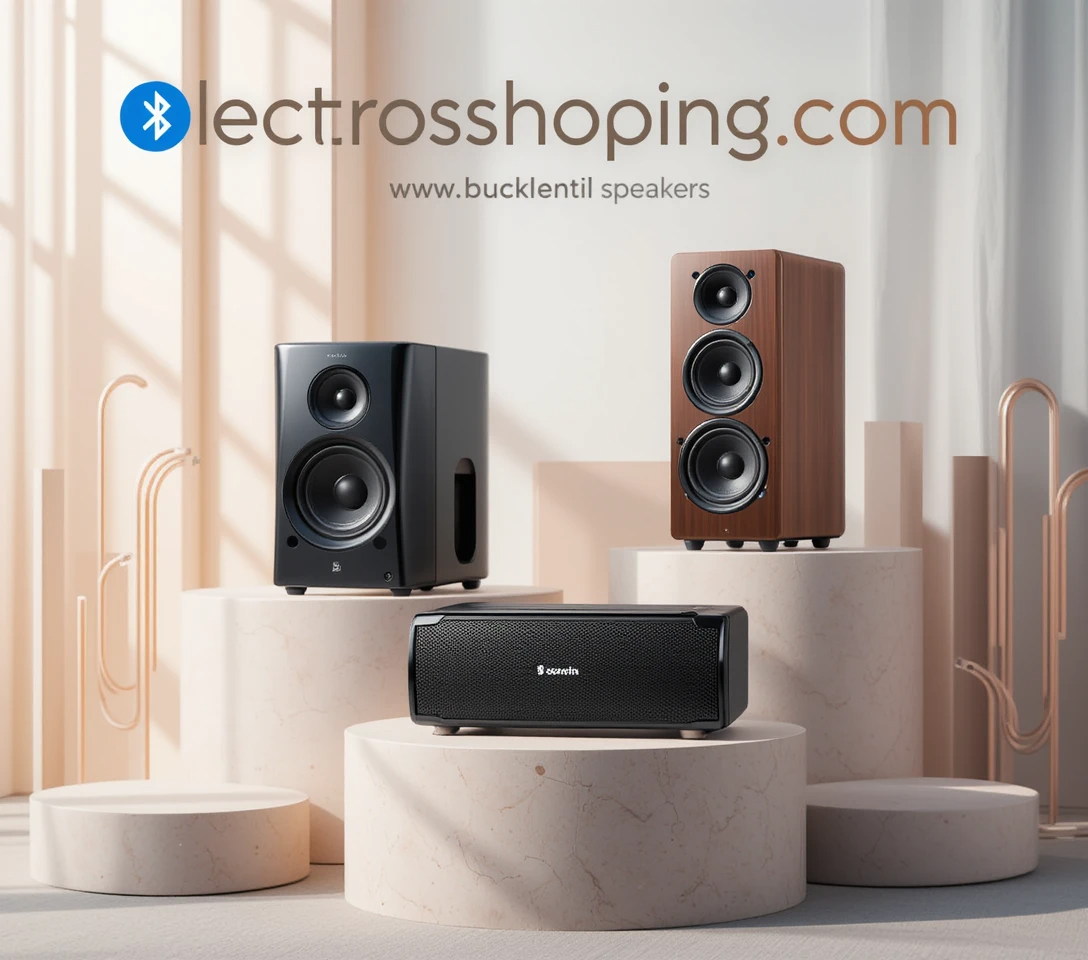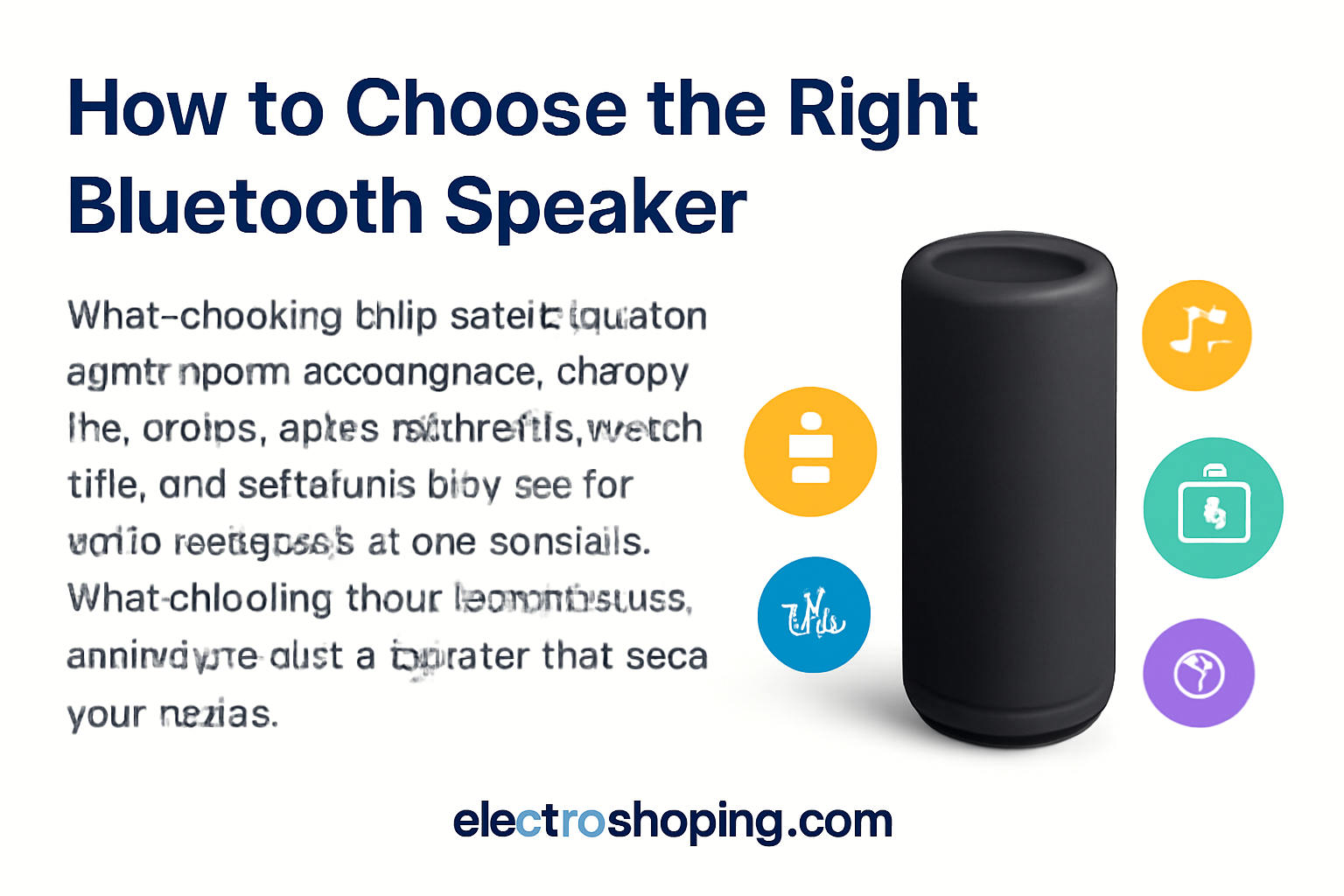What they are: Speaker cones (drone cones) that look like woofers but have no magnet or voice coil.
How they work: They vibrate with the internal air pressure of the sealed speaker box at a tuned frequency.
Why they help: They act like an internal bass port, boosting low-end sound without a large vent or port noise.
Usage: Many compact Bluetooth speakers rely on this design to achieve richer bass in a small enclosure.

| Feature | Ported Speaker | Passive Radiator Speaker |
|---|---|---|
| Airflow | Air moves through port | No airflow (sealed enclosure) |
| Bass tuning | Tuned by port length | Tuned by radiator mass/compliance |
| Port noise | Possible “chuffing” | Quiet (no port turbulence) |
| Enclosure size | Larger for deep bass | Smaller for same bass output |
Table of Contents
- What is a Passive Radiator?
- How Passive Radiators Produce Bass
- Passive Radiators vs. Ported Speakers
- Advantages of Passive Radiators
- Real-Life Examples
- FAQs

What is a Passive Radiator?
A passive radiator is basically a speaker cone with no magnet or coil. Often called a drone cone, it can’t produce sound on its own. Instead, the box and the cone form a tuned bass resonator – much like a port tube – to reinforce low frequencies. In simple terms, it looks like a speaker driver but only moves because the active woofer pushes on it.
How Passive Radiators Produce Bass
This design works by resonating with the internal air pressure generated by the main speaker. When the active woofer pushes air, the extra cone moves in response at its resonant frequency. At the tuning frequency, the cone radiates sound, adding to the speaker’s bass output. This means the main driver doesn’t have to move as much for deep notes, because the auxiliary cone is driving some of the bass itself. Passive radiators essentially turn the speaker enclosure into a resonant chamber tuned for extra low-end output.
Passive Radiators vs. Ported Speakers
Passive radiator systems and ported (bass-reflex) systems both use the enclosure’s trapped air to boost bass, but they work differently:
- Airflow: A vented port lets air move in/out, which can cause audible “chuffing”. A passive radiator keeps the box sealed, so no air escapes – only the cone moves. This means virtually no port noise.
- Tuning: Achieving deep bass in a small box requires a large or long port. A passive radiator achieves the same effect by adjusting its mass and suspension, allowing a more compact design.
- Performance: Both approaches can deliver similar bass extension when well designed. Passive systems often provide smoother, cleaner bass since they avoid port resonances and turbulence.
Advantages of Passive Radiators
Passive radiators offer key benefits for Bluetooth speakers:
- Enhanced bass from small drivers: They let tiny speakers produce much deeper bass. As Parts-Express notes, this design allows “extremely small systems like portable Bluetooth speakers” to tune lower and significantly boost low-frequency output.
- Compact enclosures: Without a large vent, the speaker box can stay smaller. Parts-Express explains radiators can cut enclosure size by ~35% while still delivering low notes.
- Low noise: No vent means no port airflow noise. You get bass without any port “chuffing”.
- Improved power handling: The passive cone absorbs some cone excursion, letting the main driver handle more power at bass frequencies.
- Energy-efficient bass: They boost bass without extra amplifier power. In fact, radiators improve bass output without needing more power, ideal for battery-powered speakers.

In practice, many popular Bluetooth speakers use this design. For example, UE Boom speakers place passive radiators at each end of the cylinder for booming bass, and JBL’s Charge and Flip series use radiators to create punchy low end outdoors. Even small smart speakers like the Apple HomePod Mini include a passive diaphragm to enrich sub-bass.
Real-Life Examples
- Party Bluetooth speakers: Large portable boomboxes (e.g., JBL PartyBox, UE Hyperboom) often use multiple passive radiators to deliver powerful bass outdoors, without needing larger woofers.
- Home stereo Bluetooth speakers: Compact shelf speakers use radiators to mimic a subwoofer. Many small Marshall and Bose Bluetooth models include a passive cone for fuller sound.
- DIY audio projects: Hobbyists add radiators to Bluetooth speaker kits. As Parts-Express notes, with available radiators and DSP amps, a DIY speaker can compete with commercial models in bass performance.

What is a passive radiator in a Bluetooth speaker?
A passive radiator is an extra speaker cone inside the box that isn’t powered. It vibrates with the enclosure’s air pressure to reinforce low-frequency output, much like a built-in bass port.
Why do Bluetooth speakers use passive radiators?
Bluetooth speakers are often small and battery-powered. This design lets compact systems produce deeper bass without a larger enclosure or higher volume, by making use of the enclosure’s air pressure.
Passive radiators vs. ported speakers – which is better?
Both achieve similar bass depth when well designed. Radiators allow smaller sealed boxes and avoid port noise, while ports are cheaper to implement. The choice depends on design priorities. In either case, you can get excellent low-end response.
Do passive radiators make Bluetooth speakers louder?
They mainly boost bass frequencies. You’ll get louder, richer bass notes, but they don’t increase the speaker’s maximum volume. The main driver still sets the peak loudness, while the radiator enhances how strong the bass notes sound.
Wikipedia: The “Passive Radiator (Speaker)” entry offers a comprehensive overview of passive radiator systems, including their construction, tuning methods, and applications in various speaker designs. It also compares passive radiators to ported systems, highlighting the scenarios where each is most effective. Explore the article here





One thought on “How Do Passive Radiators Work in Bluetooth Speakers?”